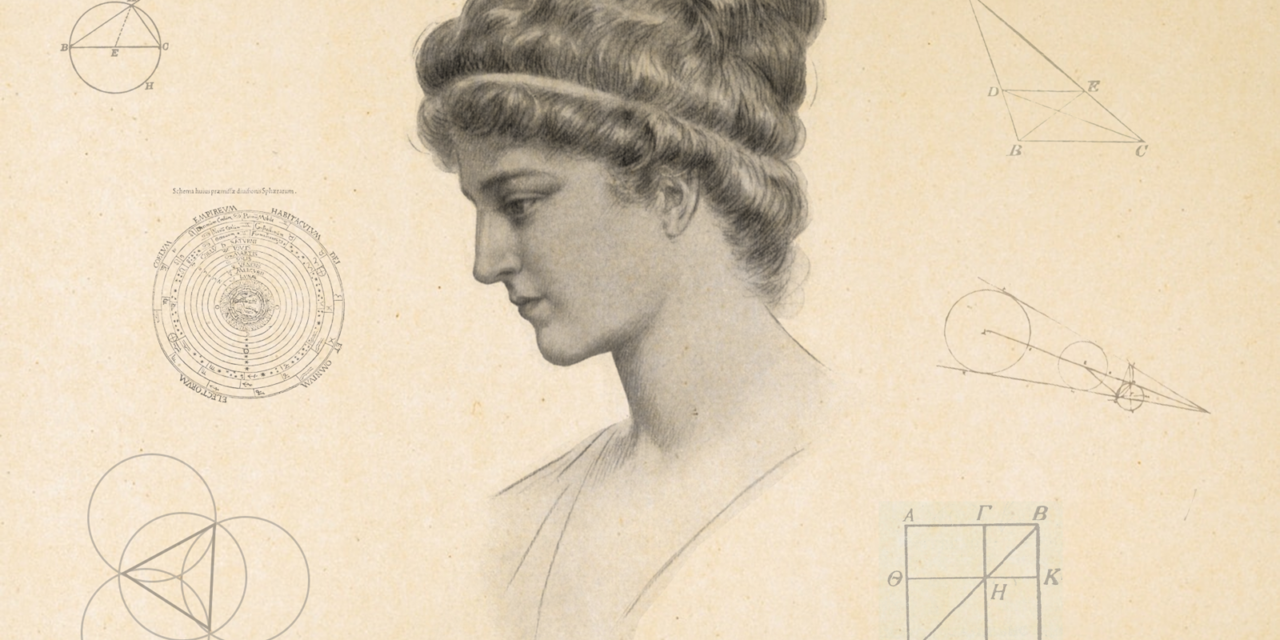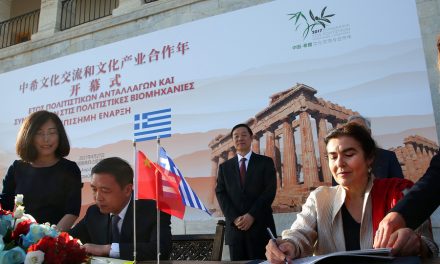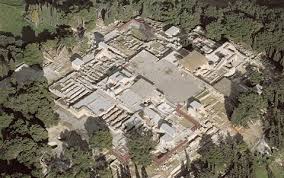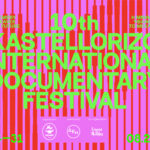Hypatia was a brilliant Greek mathematician, astronomer, and Neoplatonist philosopher who lived in Alexandria, Egypt, part of the Eastern Roman Empire at the time. She was born around 355 AD and assassinated in March 415 AD.
Her work set the basis for modern astronomy. She is the first female mathematician whose life and work was reasonably recorded. She was also a prominent teacher and orator attracting many loyal students and large audiences. Her education and passion for knowledge was cultivated due to her father Theon of Alexandria, a prominent mathematician and philosopher and the last attested member of the Alexandrian Museum.
Throughout her studies Hypatia critically engaged with the works of Euclid, Archimedes, and Plato, mastering complex mathematical concepts as well as astronomy and ethics that was studied in Athens.
Hypatia became a prominent figure amongst Alexandria’s ruling class, a figure whose teachings and works were met with high regard and respect in Alexandria. It is said that she had counseled Orestes, the Roman prefect of Alexandria, who was embroiled in a personal conflict with Alexandria’s bishop, Cyril. Rumors circulated accusing her of preventing Orestes from reconciling with Cyril and, in March 415 AD, she was murdered by a mob of Christians.
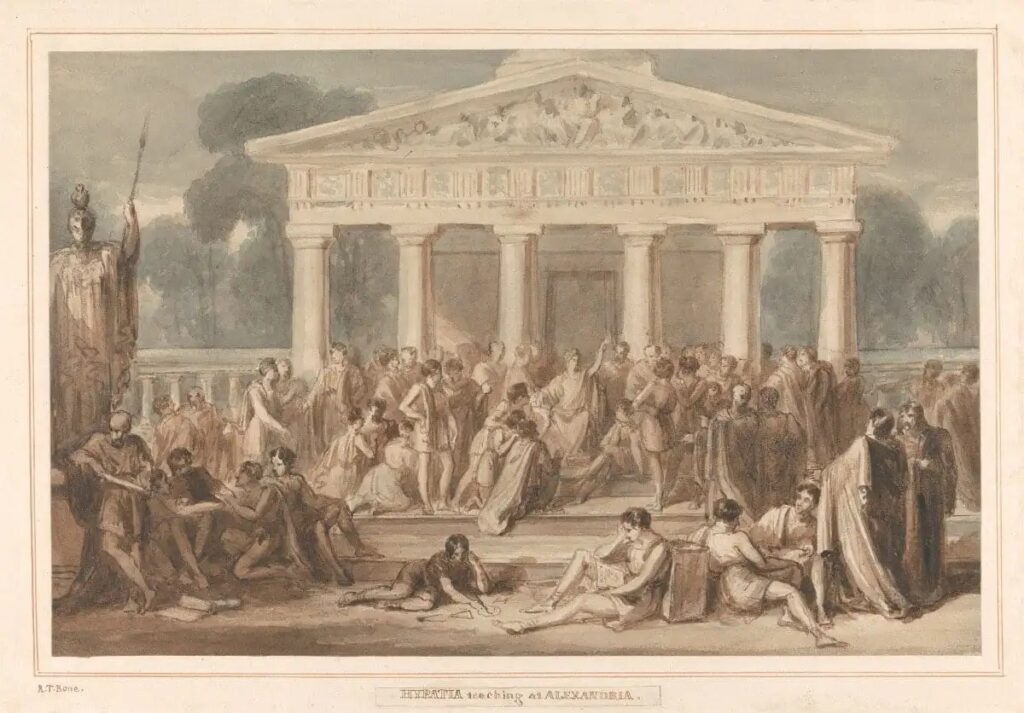
Α scholar and philosopher
Ας Hypatia grew older, she became renowned for her eloquence, wisdom, and profound insights into mathematics, astronomy and philosophy. Her lectures at the Neoplatonic School of Alexandria attracted many educated minds, creating a lively and diverse intellectual environment that encouraged academic curiosity and the pursuit of knowledge.
Her contribution to mathematics and astronomy was equally significant as it laid the groundwork for future advancements in these fields. Her astronomical observations and calculations contributed to a deeper understanding of celestial phenomena, paving the way for the development of modern astronomy.
It is believed that Book III of Theon’s version of Ptolemy’s Almagest—the treatise that established the Earth-centric model for the universe that wouldn’t be overturned until the time of Copernicus and Galileo—was actually the work of Hypatia. Her work is believed to be a refined technique for the long division algorithms required for computation in astronomy.
In Mathematics she wrote a commentary on Diophantus’s thirteen-volume Arithmetica, setting out more than 100 mathematical problems, for which solutions are proposed using algebra.
Hypatia constructed astrolabes and hydrometers, but did not invent either of these, which were both in use long before she was born. She was tolerant towards Christians and taught many Christian students, including Synesius, the future bishop of Ptolemais. According to a letter from Synesius, Hypatia showed him how to build a silver plane astrolabe, which is a tool for determining the date and time by using the positions of the planets and stars. In a different letter, Synesius asks Hypatia to build him a “hydroscope,” which is a tool for figuring out a liquid’s specific gravity or density.
Overall, Hypatia was a Neoplatonist; yet, similar to her father, she accepted Plotinus’s original formulation of Neoplatonism rather than Iamblichus’s. In fact, during that period, the philosophy of the Alexandrian school was well renowned, and Alexandria was considered the intellectual hub of the Greco-Roman world, second only to Athens.

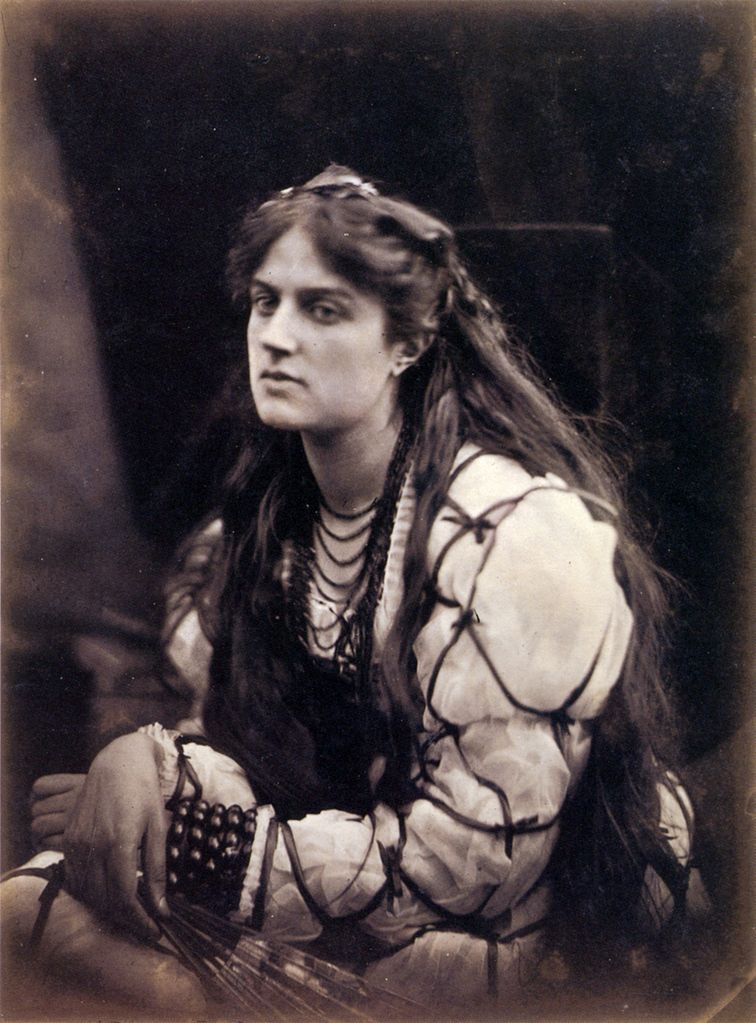
Enduring legacy and significance
What distinguishes Hypatia as a prominent philosopher is not only her intellectual brilliance but also her defiance of societal norms that sought to confine women to domestic roles. During a time where women were expected to be housewives and mothers, Hypatia showed that female education should be encouraged. Hypatia’s pursuit of knowledge and great achievements challenged gender stereotypes, making her legacy all the more significant.
Hypatia was and continues to be a source of inspiration for many intellectuals, writers, and artists. Charles Kingsley labeled her as “the last of the Hellenes” in his novel Hypatia, published in 1853. Kingsley’s book was swiftly turned into a wide range of theatrical productions and produced visual art, such as an 1885 painting by Charles William Mitchell and an 1867 portrait by pioneering photographer Julia Margaret Cameron that showed Hypatia as a young lady.
Moreover, Elbert Hubbard, an American writer, purportedly wrote a biography of Hypatia in his series published in 1908. Hypatia was taken up by feminists during the same period, and the women’s rights movement started to influence how people saw her life and death. Agora, a 2009 film directed by Alejandro Amenábar, starring Rachel Weisz as Hypatia, refers to the latter years of Hypatia in a highly dramatized way.
Today, as we commemorate the life and legacy of Hypatia, we are reminded of the enduring relevance of her ideals. In honoring Hypatia, we pay tribute to the enduring legacy of Greek intellect and the timeless pursuit of knowledge that continues to enrich our lives and illuminate the path to a brighter future.
Anna-Maria Papadopoulos (This is an article taken from Greece In America, the official newsletter of the Embassy of Greece in Washington. Intro image: Fictional portrait of Hypatia by Jules Maurice Gaspard)
Read also via Greek News Agenda: Beyond Socrates – Greek philosophers you might not know
TAGS: GLOBAL GREEKS | HISTORY | PEOPLE | PHILOSOPHY

